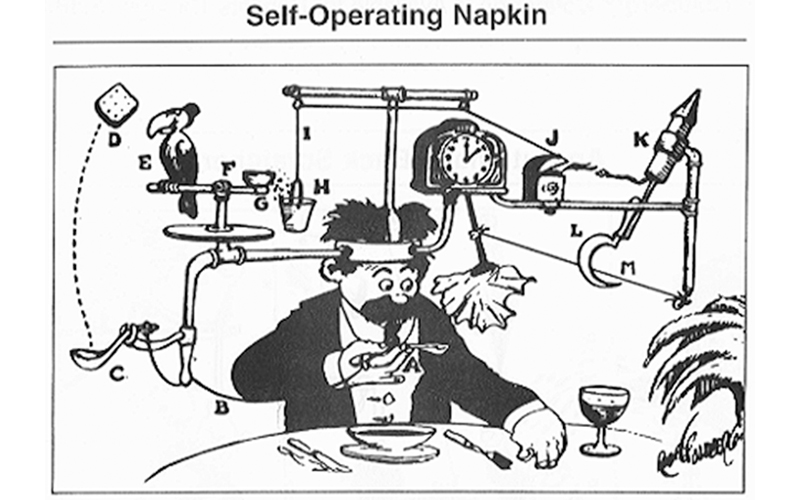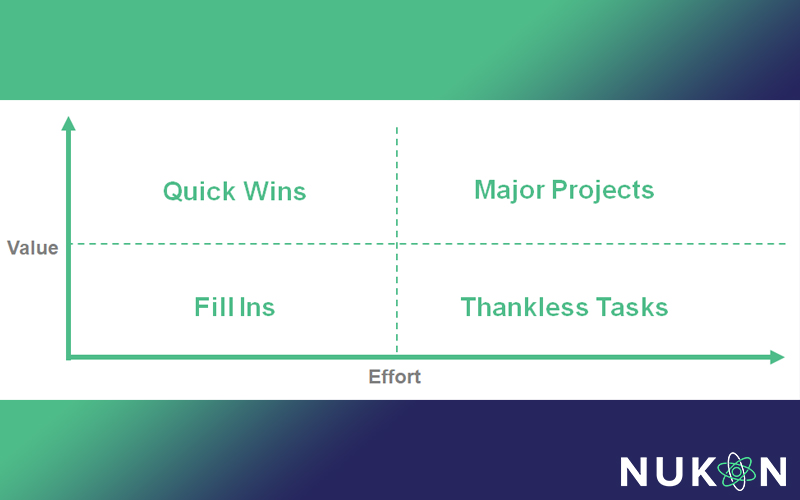Although many companies are successfully experimenting with artificial intelligence (AI), the majority are less mature in actually building and deploying AI models to production environments across multiple sites.
AI models are often built for single purposes and are costly, have limited use, and are difficult to scale and manage. The challenge for industry is clear: high barriers to entry, endless investment, and slow to realise ROI.
In this blog, Nukon’s Enterprise Architect, Ben Caldwell provides an answer to this challenge; Machine Learning Operations or MLOps. This practical, yet game-changing approach enables organisations to leverage AI more effectively to build and deploy AI solutions that are scalable, sustainable, secure, and manageable.
If you have already had some experience deploying AI in production, or who are just starting and want to approach it the right way – read on or watch the on-demand webinar here!
Ben presented the concepts in this blog at AustMine2023, watch the full presentation here.
Leveraging AI in production
So, you have persevered and can proudly say you have your first AI model in production… Congratulations! Chances are, if you take a step back and view it with some critical honesty, it probably bears some similarities to this Rube Goldberg machine – the “Self-Operating Napkin”.

This is no criticism of the team that delivered the model. It’s an entirely reasonable outcome given that you probably had to shoehorn it into a space that didn’t exist before in the business. The design will have changed on the way, and you found you needed things that no one thought of at the start of this journey.
Okay. But now you need to update this model. Who wants to touch that? How confident are you that you can deploy changes to a model like this while it is running, and it will continue to work?
Why aren’t you seeing the value of AI?
At the bright and optimistic start of this project, you probably went through an exercise using something like the Value vs. Effort Matrix (pictured below) to determine which business problem was the best one to tackle with AI.
Like any rational human, you probably chose something in the ‘Quick Wins’ quadrant. A problem whose solution would deliver great value to the business, and the effort required to solve it seemed relatively low. But then, during the project, setbacks occurred. Suddenly, what seemed like a quick win has quickly shifted into a series of ‘Thankless Tasks’.

The effort required was much greater than forecast, and you had trouble delivering the value that everyone was so excited about at the get-go.
Why did this happen?
The unexpected effort with machine learning
When it comes to an AI project, everyone is talking about ‘The Model’. This is entirely understandable; it is fascinating when you see a deep neural network converge and make accurate predictions.
Getting to this stage feels like you’ve understood the problem and built the tool to solve it.
… But then we need to give the model a safe place to live! All of a sudden we see it becomes a tiny piece in a large and complicated ecosystem of supporting infrastructure and services all around it. You didn’t think of all of this stuff at the start, did you?
The solution
1. Build the assembly line, not the car
To address the unexpected effort that comes with building and deploying AI models, we need to streamline and automate the process of taking machine learning models to production, and then focus on maintaining and monitoring them.
We call this approach ‘Pipeline First’. Pipelines are easily transportable to the next projects, so any upfront effort here will be recovered time and again on the next projects.
This is essentially Machine Learning Operations or MLOps, which borrows heavily from DevOps of the software engineering world.
What does “good” MLOps look like?
- Reproducible and shareable data pipelines, analysis, and model training
- Changes are made in small increments and rollback is easy – just revert the latest commit in the repo.
- … There are plenty more to delve into! Watch my 12-minute webinar for a complete overview.
What does “bad” MLOps look like?
- Local custom curated datasets, individual notebooks of transformation and training that require explanation and special setup
- Spending money on bespoke deployments and then fixing a plethora of bugs along the way. Rollback is hard and high risk!
- Custom-built models are shared via Slack channels, no one is entirely sure which is deployed and what its history is.
2. Climb the ladder of assumptions
For those who are familiar with the minimum viable product (MVP) approaches this will sound very familiar. After everyone has had their workshop and we think we know what the problem is, how can we present an early prototype showing how we intend to solve this?
Which assumptions should you test first? I delve into what your top priorities should be in this free on-demand webinar.
Case Study: MVP for a large iron ore mining client
After a workshop with the problem owners, the data science team set about building a computer vision model that would detect and avoid automated equipment colliding.
Rather than run off and build a complete solution over the course of a month or two, we developed a very rapid prototype of this model and demoed a visual representation of the outputs from it. We quickly received the disappointing news that it wouldn’t work.
It was back to the drawing board… but really this was a great success! We had avoided weeks or months of wasted effort training and tuning a model, maybe even getting to the stage of deploying it to find that it didn’t meet the customer’s needs. For more details on this project and another highly relevant case study, check out the free on-demand webinar!
Get ROI on your AI models
Current practice is to spend hundreds and thousands of dollars on one model that can only be used for one purpose. Operationalising and systemising AI to ensure it is scalable and reliable requires a shift in mindset.
Most companies are less mature than they realise in the way they teach and leverage AI, when really, the answer comes down to two simple concepts and one defining equation. In summary:
- Bespoke AI solutions don’t scale and are costly and complex, and
- AI products are built for humans and need to win employee hearts and minds.
To ensure you invest the right efforts and realise the true value in your AI models, follow this equation:
Automate + Iterate + Validate = Scalable AI in production!
Ben presented the concepts in this blog at AustMine2023, watch the full presentation here.
About Ben Caldwell
Ben Caldwell is an Enterprise Architect, demonstrating capability in building and deploying machine learning models to solve industry problems across a career that spans nearly 20 years. During this time, Ben has delivered a broad range of control system design, implementation and commissioning solutions in the water and mining sectors. With a strong background in process control and ongoing development in emerging technologies, Ben works closely with clients to deliver valuable data-driven AI solutions to solve business problems.


